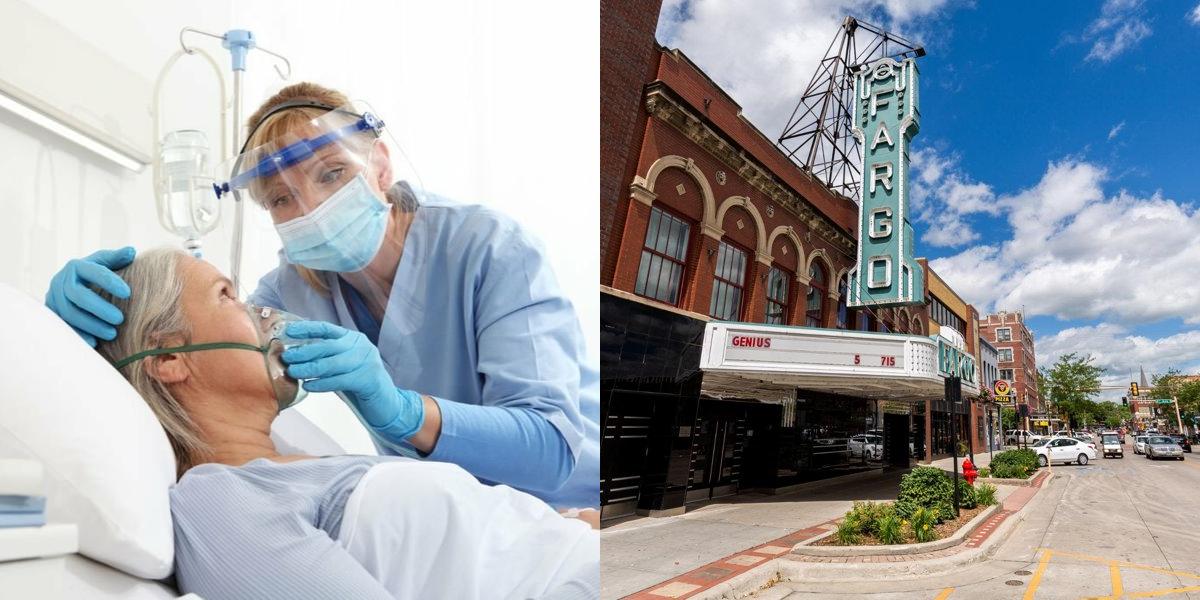How to Become a Respiratory Therapist in North Dakota

Respiratory therapists are healthcare professionals who specialize in evaluating, treating, and caring for patients with breathing disorders. They work alongside physicians and other healthcare professionals to provide respiratory care to patients of all ages.
How do I get a job as a Respiratory Therapist?
Once you have completed your education and obtained your certification, you are ready to start looking for a job as a respiratory therapist. Here are some steps you can take to increase your chances of finding employment:
-
Networking: Networking is a crucial part of any job search. Reach out to your instructors, classmates, and anyone else in the field who may be able to help you connect with potential employers. Attend professional conferences and join industry associations to expand your network further.
-
Resume and Cover Letter: Create a professional resume and cover letter highlighting your education, certifications, and relevant experience or skills. Tailor your resume to each job application to showcase how your qualifications align with the position's specific requirements.
-
Job Search: Check online job boards for respiratory therapist positions in your area. You can also directly contact hospitals, clinics, and other healthcare facilities to inquire about job openings. Don't forget to utilize professional networking sites to find potential opportunities!
-
Interview Preparation: Prepare for job interviews by researching the organization, practicing common interview questions, and considering examples demonstrating your skills and experience. Dress professionally and arrive early for your interviews to make a good impression.
-
Continuing Education: As mentioned earlier, continuing education is essential in respiratory therapy. Highlight any additional certifications, courses, or conferences you have attended on your resume and during interviews. This shows employers that you are committed to staying current in your field and continuously improving your skills.
Career Paths and Opportunities after Becoming a Respiratory Therapist
Becoming a respiratory therapist opens up various career paths and opportunities. Here are a few options you can explore:
-
Hospital Settings: Many respiratory therapists work in hospitals, providing direct patient care and working closely with doctors and other healthcare professionals. In this setting, you may be able to specialize in areas such as neonatal/pediatric care, critical care, or sleep disorders.
-
Home Healthcare: As a respiratory therapist, you can also work in home healthcare settings, providing care to patients who require medical equipment or assistance with their breathing at home. This can involve setting up and maintaining ventilators, oxygen therapy, or other respiratory equipment.
-
Pulmonary Rehabilitation: Pulmonary rehabilitation programs help patients with chronic respiratory conditions improve their lung function and overall quality of life. As a respiratory therapist, you can work in these programs, helping patients develop exercise and breathing techniques to manage their conditions.
-
Research and Education: Some respiratory therapists pursue careers in research or education. They may work in academic institutions, researching respiratory diseases or teaching the next generation of respiratory therapists.
-
Management and Administration: With experience and further education, respiratory therapists can move into management or administrative roles. These positions involve overseeing respiratory therapy departments, managing budgets, and ensuring the delivery of quality care within healthcare organizations.
Final Thoughts
Becoming a respiratory therapist requires dedication, education, and certification. It is a rewarding career path that offers various opportunities for growth and specialization. Following the steps outlined above, you can start your journey towards becoming a certified respiratory therapist and embark on a fulfilling healthcare career.
Stay current through continuing education, build a solid professional network, and tailor your job search materials to each application. With the right combination of skills, experience, and passion, you can succeed as a respiratory therapist and positively impact your patients' lives!
Dreambound has written dozens of in-depth guides on how to get started in this field, with information specific to your city. If you're located somewhere else or thinking about moving, check out some other guides we've written:
- Respiratory Therapist classes near me in Baton Rouge
- Respiratory Therapist classes near me in Columbus
- Respiratory Therapist classes near me in Miami
- Respiratory Therapist classes near me in Philadelphia
- Respiratory Therapist classes near me in Spokane
Thinking about making a big change in your career path? It's important to be well-informed before starting off on your journey. Dreambound has written hundreds of in-depth guides to help. Explore some of these resources below.

Athena is Co-founder and CEO of Dreambound.




